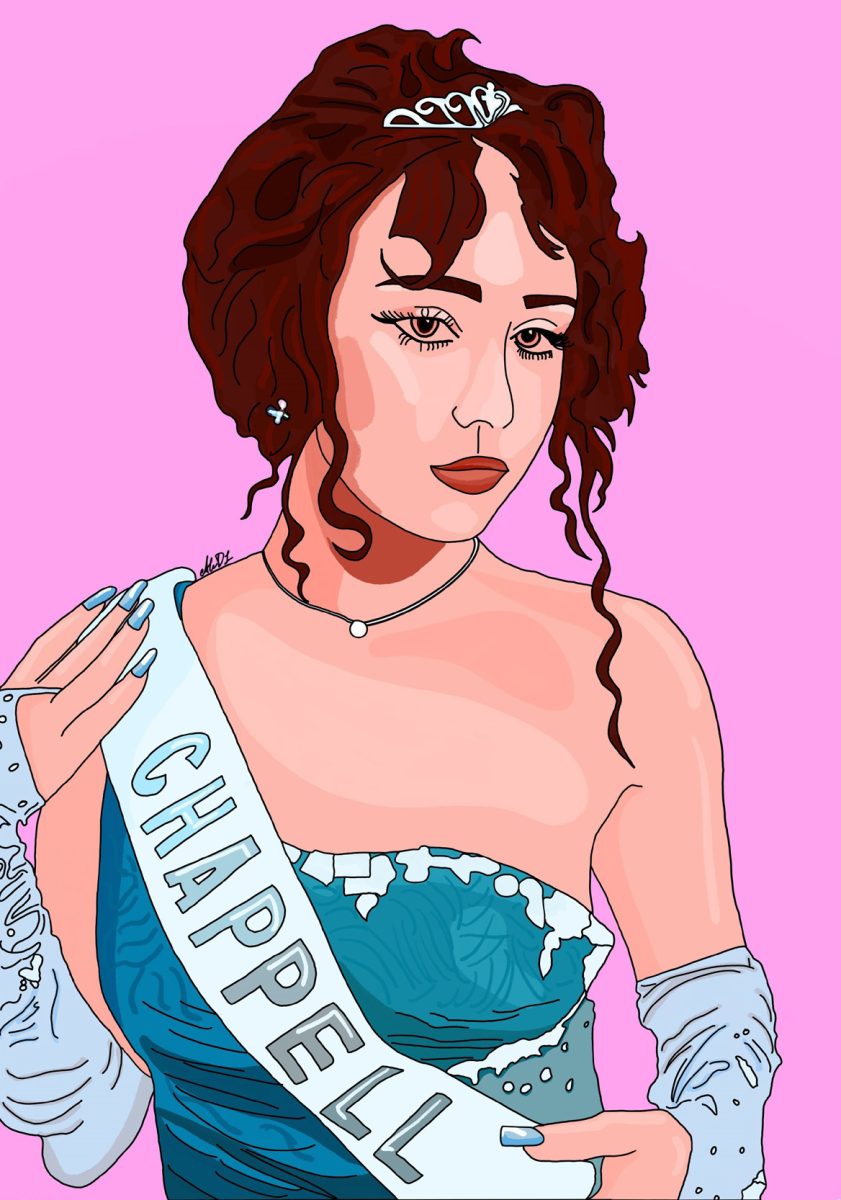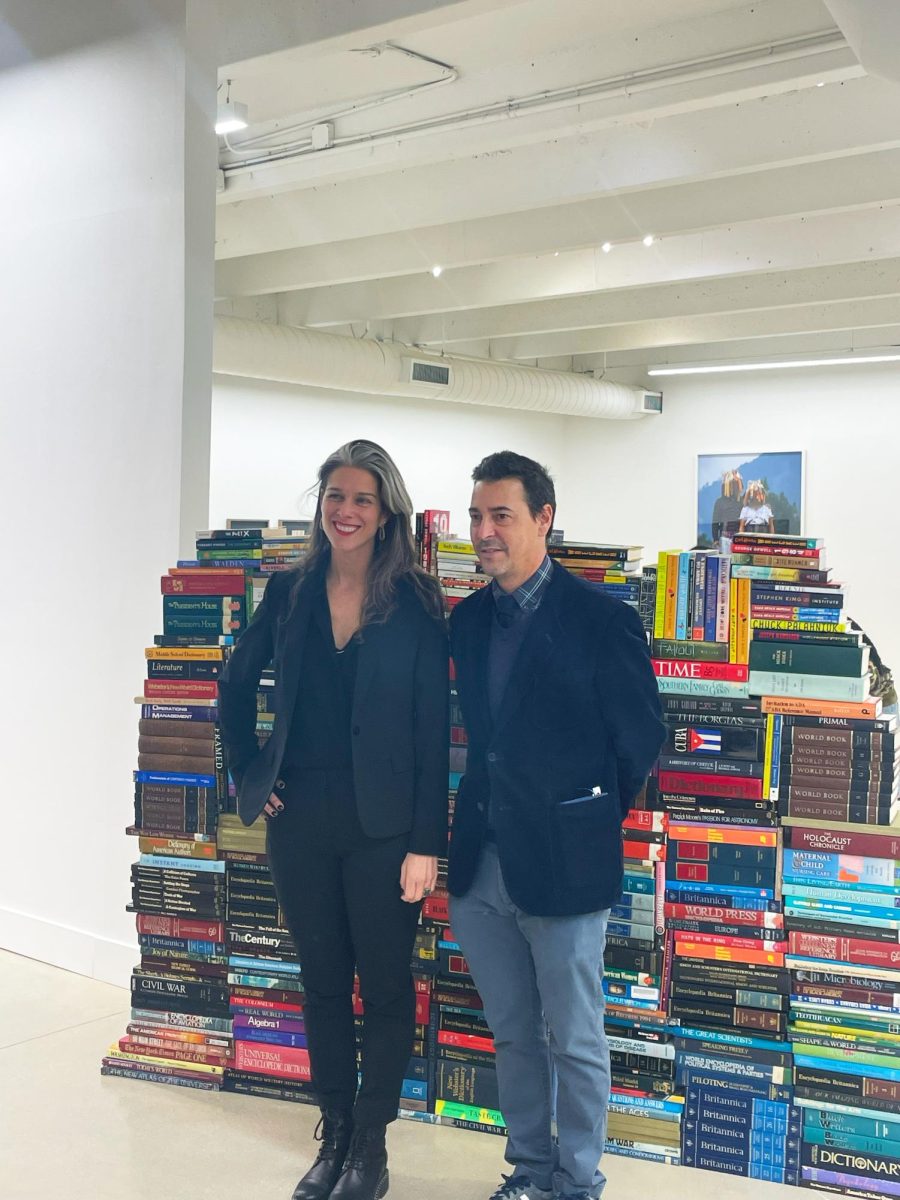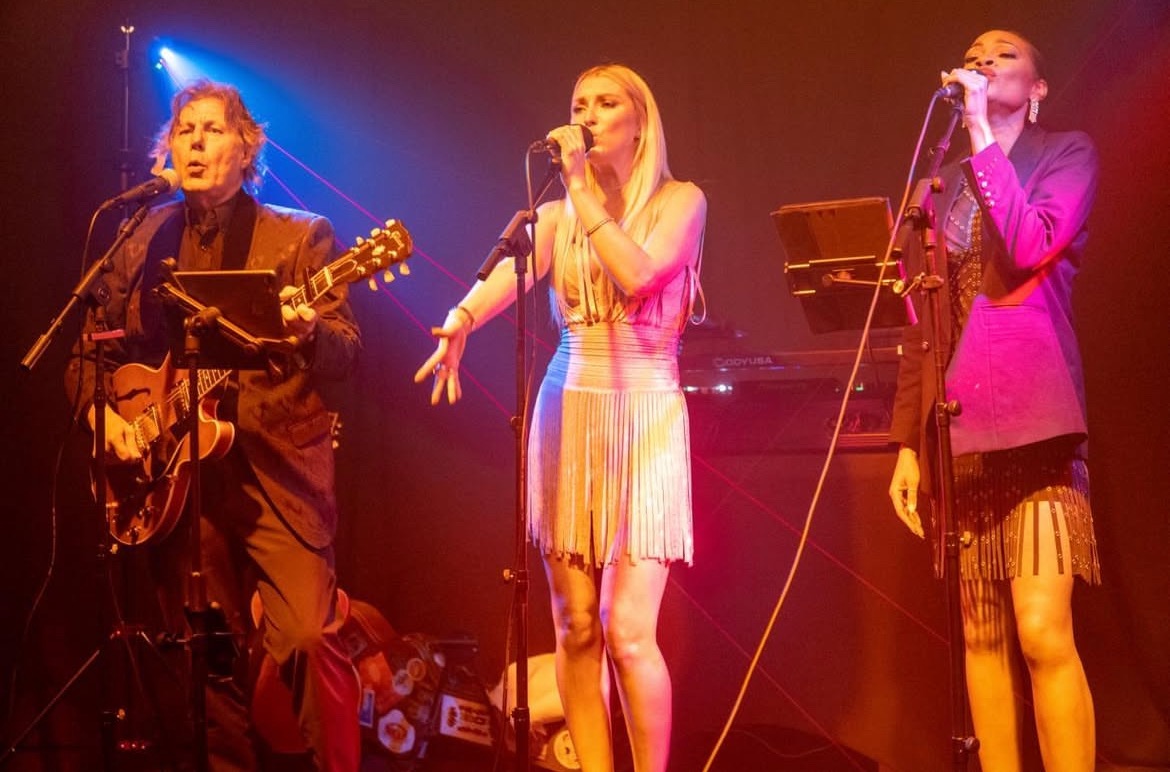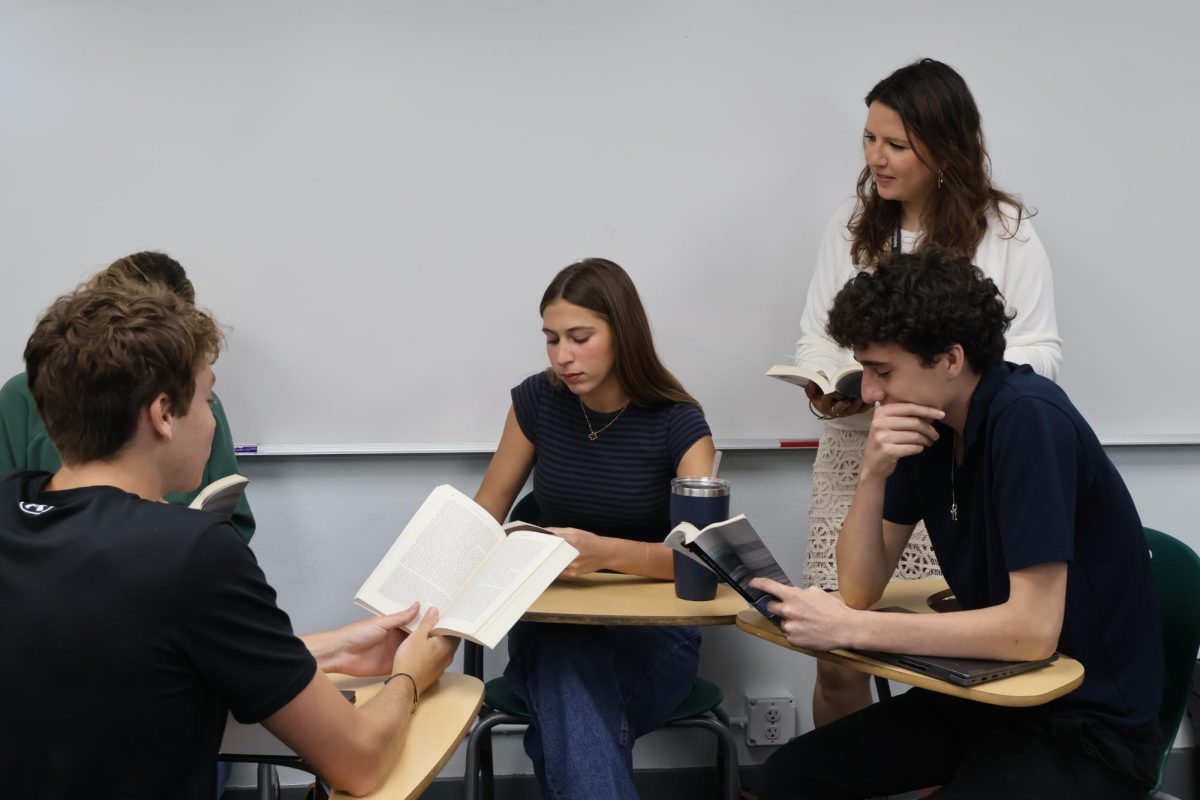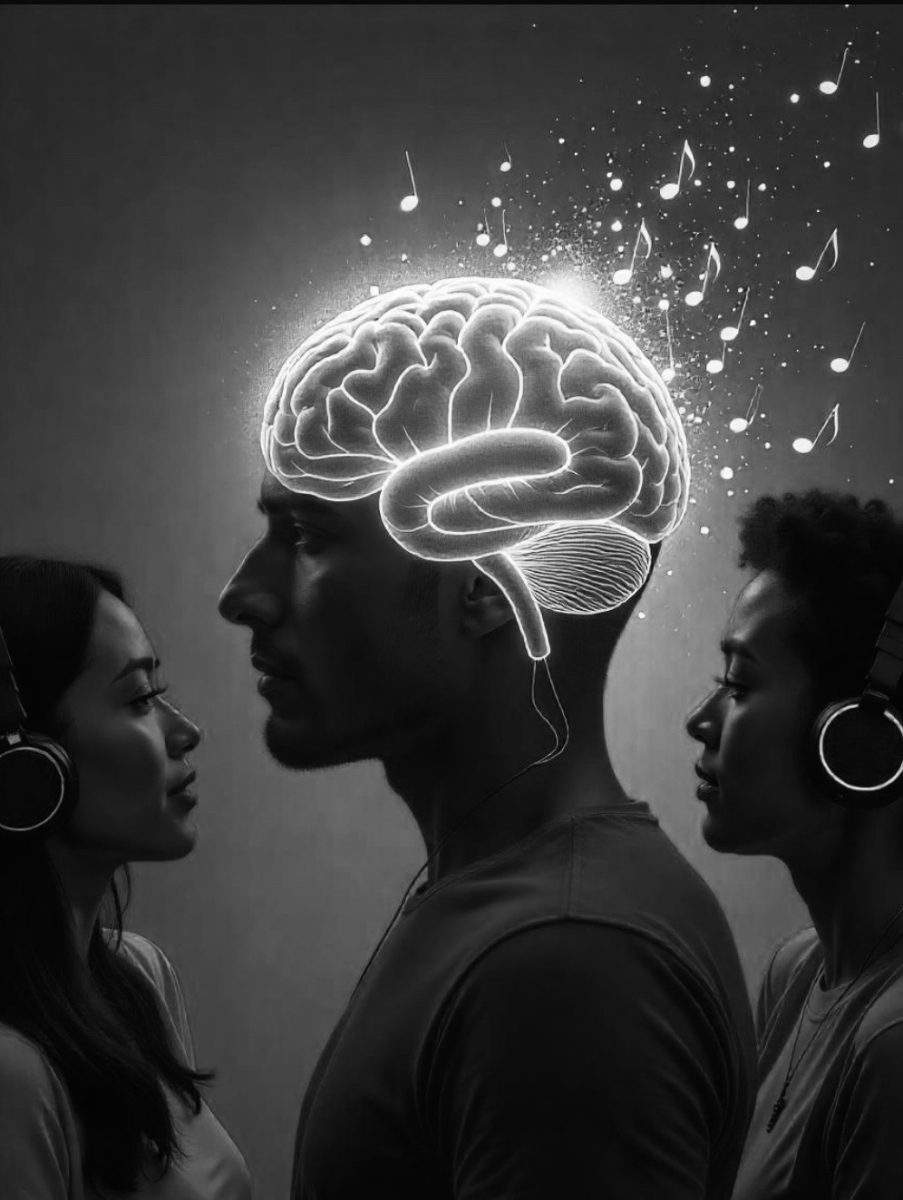Underneath neon lights and a sea of glitter, a new pop sensation is emerging, captivating fans with her unapologetic and infectious sound: Chappell Roan. If you spend your time scrolling on TikTok, you’ve probably seen a lot of videos using the song “Good Luck, Babe?” or clips of her at Lollapalooza or Coachella. Roan has been everywhere lately, appearing not just at both festivals but as a guest on Olivia Rodrigo’s Guts tour and late-night talk shows.
While many assume that Roan’s music career began only recently with her trending songs on social media, she’s actually been around for a while. And she started from humble beginnings.
Roan grew up as Kayleigh Amstutz in the city of Willard, Missouri, a place that was deeply conservative. In an interview with the Guardian, she recalled growing up with the idea that “being gay was a sin.”
After posting covers on YouTube and discovering a talent for singing, she signed to Atlantic Records, and between flights to studios in from Missouri to New York and LA, she released her first song, titled “Good Hurt.”
It was not the Chappell we know and love. As critic Constance Grady points out in Vox, the songs she wrote at this time fit in with the “melancholy indie pop sound and look that was then in vogue.” She never hinted at her queer identity, which has become a signature part of her music.
In 2018, Roan decided to leave Missouri behind to live on her own in LA, where she could escape her past and explore who she was.
With her now primary collaborator Dan Nigro, a producer and songwriter who has also worked with Olivia Rodrigo, Roan released “Pink Pony Club” in April 2020. The song narrates a version of her own decision to move to LA and be her own person—even if it means making her mama scream, “God, what have you done?” Through this song and its accompanying video, Roan showcased the red curls and ethereal vocal performances that have become iconic, while also embracing vulnerability.
“Pink Pony Club” was a breakthrough for Roan, introducing a playful pop sound contrasting with the melancholy indie sound from before. As of late September 2024, the video for that song has garnered 14M views on YouTube. With that song, the new version of Chappell was born.
To fans of the “Midwest Princess” like Patrick Keedy Brown ’26, the appeal of songs like “Pink Pony Club” are their authenticity above all—how “unabashedly revealing they are about her.”
“With Chappell Roan, she’s very open in her lyrics and revealing to an extent that would almost seem uncomfortable for her. And so, I think I, as well as many other people in my generation, can really relate to what she’s saying,” he said.
Ransom Everglades English Teacher Dr. Julia Clarke agreed that Roan makes good pop music because she’s “writing very authentically about very universal feelings.”
At the same time, Dr. Clarke noted that Roan’s authenticity also makes her music subversive. “It’s like pop music with a twist,” she said. “It’s very sugary, very fun. But then [Roan] does some kind of transgressive stuff. So, some of the content is not what you expect from a pop song. I think she plays with lyrics and sounds that shift our expectations a little bit. It’s a little edgy. It’s edgy pop.”
Part of the feeling of edginess comes from her unusual sound: she uses synthwave 80s sounds and makes bold transitions in the pacing of her music, catching listeners by surprise.
But the edginess is also revealed in her lyricism, which rewards repeat listening. Roan doesn’t just write about the vague, stereotypical themes of breakups and love in pop music. She presents themes of independence and individuality. In “Pink Pony Club,” she describes rebelling against her mother and having fun “on the stage in my heels,” declaring a sense of belonging as she finds herself in LA. As the hosts of the podcast “Switched on Pop” point out, she sings about this feeling in a way that is “so raw and true and joyous.”
In an equally “raw and true and joyous way,” she explores narratives of queer desire and sexual discovery.
Brown points out that Roan tends to write “to and for herself, especially with her lyrics that are very personal and very sincere to her. But she also writes for others in the groups that she identifies with who share similar experiences.” He said that he feels seen with her music and that he has “a type of feeling [he hasn’t] really gotten with other artists.”
Roan adds to her exploration of queer themes with bold, drag queen-inspired looks that transform her image in every video. “[She’s] playing with performing gender stereotypes,” said Dr. Clarke. “She’s defying the stereotypes by embracing them.”
Through her drag persona, Roan calls attention to the fact that her entire self-presentation—including her stage name—is a fiction. As Brown put it, she “create[s] this identity that can be adopted by anyone.”
At a time when queer and trans rights are under assault all over the country and the world, and when drag performances specifically have been targeted through the creation of anti-drag bills in places like Tennessee, Roan’s music could make an impact.
Brown sees her work as “an extension of a broader movement with queer artists and non-conforming artists… who stand up for marginalized communities, both by advocating for them and also just embracing who they themselves are,” he said.
“By inspiring other people to stand up for what they believe is right, and stand up for themselves,” he added, “I just think she’s the latest iteration of this movement that has taken the world by storm.”


